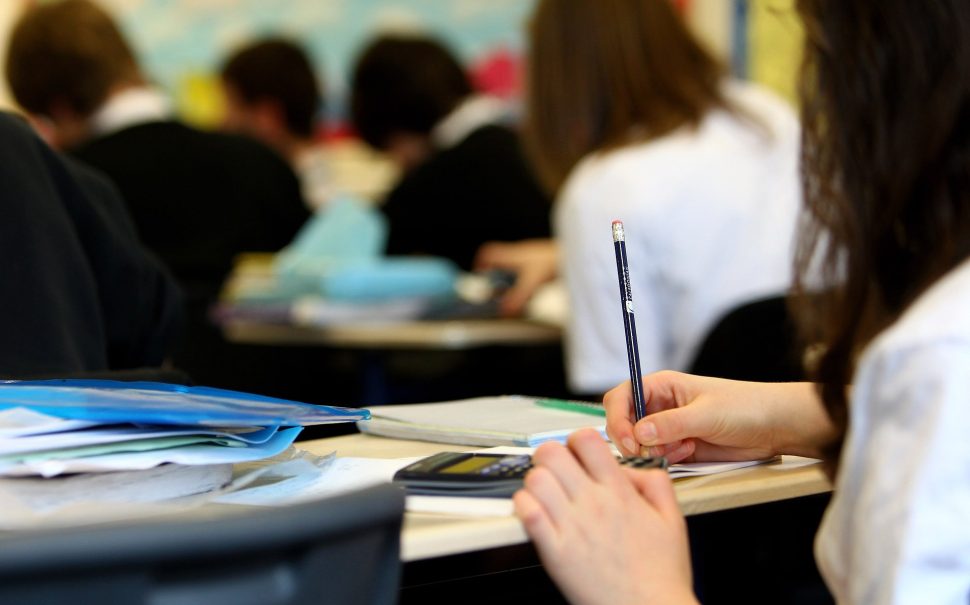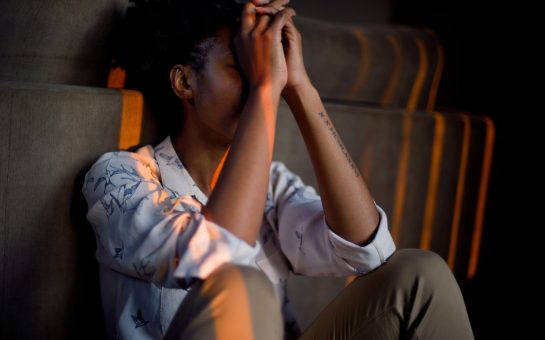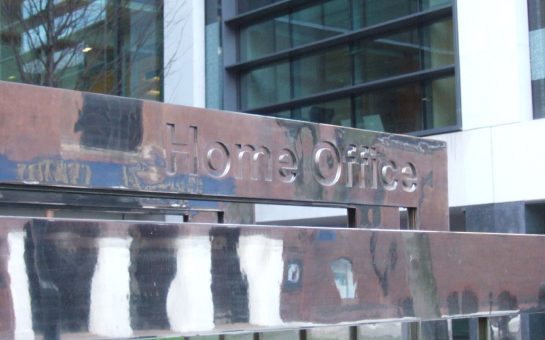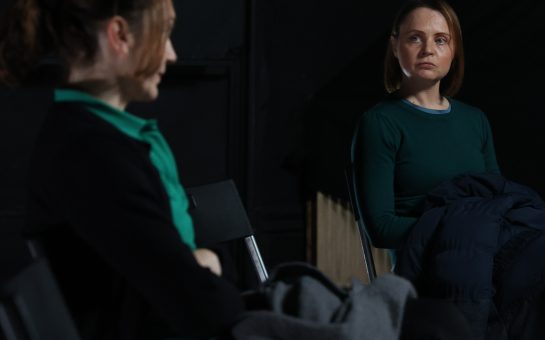The COVID-19 pandemic shook the foundations of education worldwide, with England being no exception.
In a recent study conducted by the Office for National Statistics (ONS), the deprivation inequalities faced by GCSE students between September 2021 and March 2022 were brought to light – revealing the challenges experienced by students from disadvantaged backgrounds during this period.
Access to technology: A widening divide
One of the most striking revelations from the ONS report is the alarming gap in access to technology for remote learning.
The data paints a stark picture—30% of students from the most deprived areas in England lacked the necessary devices and internet access, whilst a mere 7% of students from the least deprived areas faced similar obstacles.
This significant 23-percentage-point difference underscores the widening digital divide, further exacerbating educational inequalities and leaving disadvantaged students at a distinct disadvantage.
Lara Powell, 18, from Moss Side told MM: “I did my GCSEs from home because of COVID and didn’t even own my own laptop at the time.
“I would stay after school most days before COVID because it meant that I could use the school computers.
“Having to do lessons online was hard for me because my parents couldn’t afford a computer, not even wifi so I’d have to join Zoom on my phone.
“It would drain my data and when it ran out, I couldn’t join classes at all.”
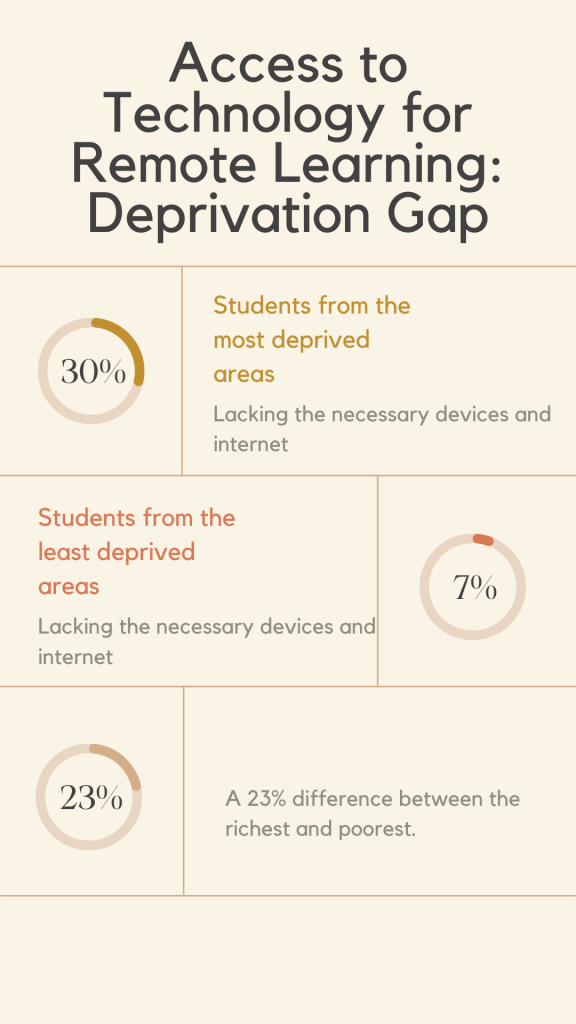
Engagement gap: A struggle for inclusion
The shift to online education has unearthed a glaring disparity: the gaping chasm in engagement levels among students from diverse socioeconomic backgrounds.
Startlingly, a mere 27% of students from the most deprived areas managed to attend all their online classes, whilst a solid 55% of their more privileged peers accomplished the same feat.
With a striking 28 percentage point difference, it is evident that students lacking vital resources and support are hindered from fully participating in remote learning, deepening the divide.
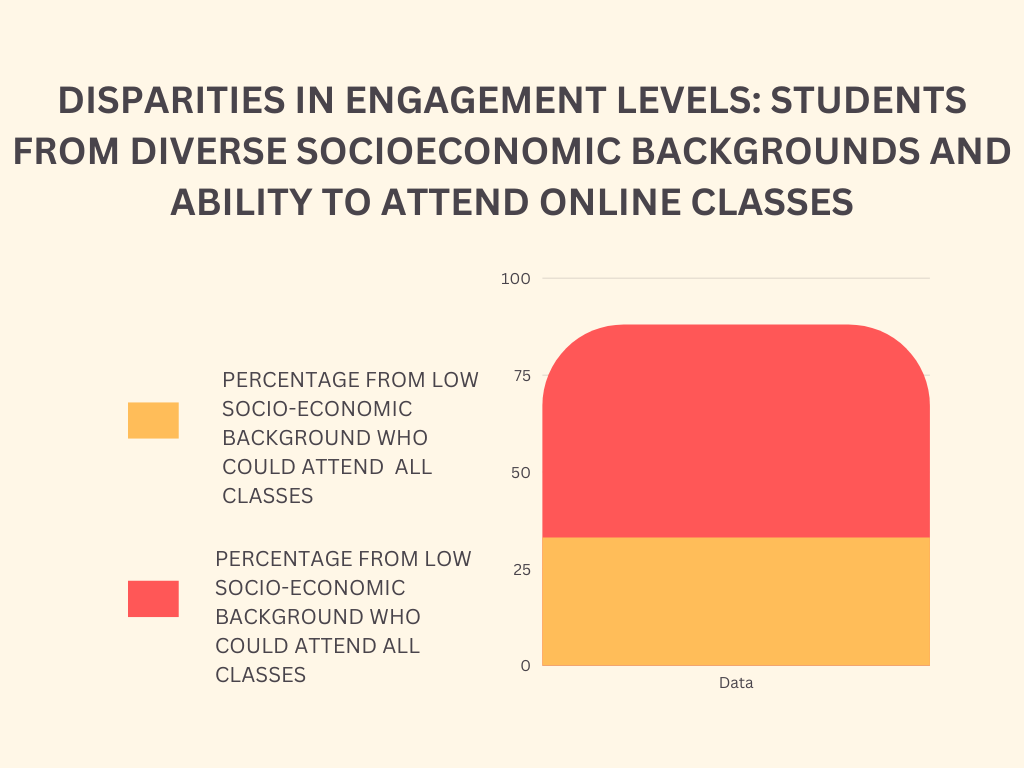
Seeking support: An uneven playing field
The pursuit of academic support during the pandemic has unveiled an unsettling truth.
The ONS report uncovers a stark contrast in statistics—only 12% of students from the most deprived areas received additional academic assistance, whilst a more fortunate 30% of students from the least deprived areas enjoyed such support.
This 18-percentage-point divide serves as a stark reminder of the uneven distribution of essential resources, potentially hindering the academic progress of students from disadvantaged backgrounds.

A toll on well-being: Unequal emotional burdens
The pandemic’s toll on students’ well-being is a matter of great concern.
The ONS report reveals the emotional and mental health challenges endured by students from deprived backgrounds.
Alarming figures indicate that 38% of students from the most deprived areas faced heightened anxiety and stress during the pandemic, in contrast to 22% of students from more privileged backgrounds.
With a striking 16-percentage-point gap in reported well-being, it becomes evident that these students bear an unequal burden, exacerbating the socio-economic disadvantages they already face.
“Seeing your friends is so important for your mental health so when I couldn’t see mine at school, my mental health took a dip” said student Casey, 18, Eccles.
“My home life at the time wasn’t the best so having to do my lessons from this environment was really hard and had a knock-on effect on not only my grades, but my well-being too.”
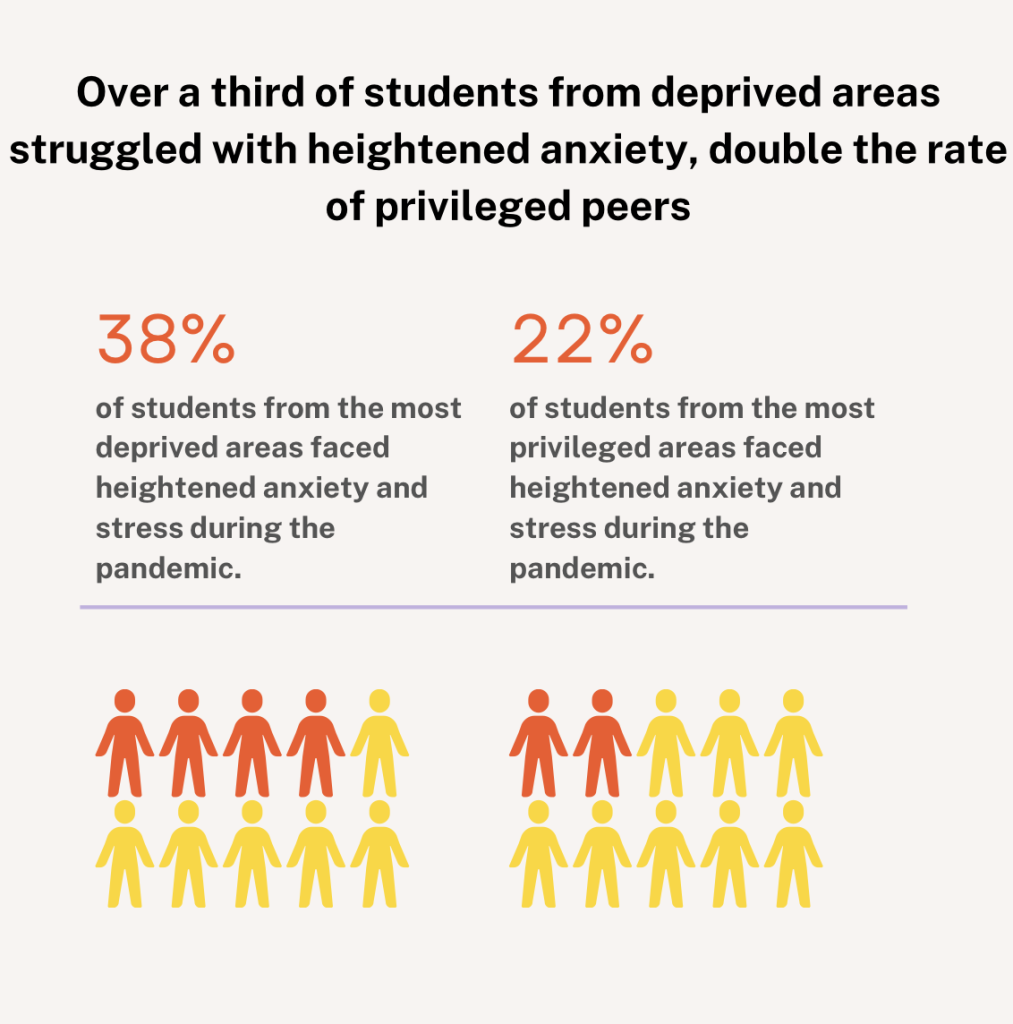
Breaking the Cycle: Addressing Educational Inequalities
The ONS report’s statistics shed light on the stark educational inequalities intensified by the COVID-19 pandemic.
Students from disadvantaged backgrounds have grappled with numerous hurdles, from limited technology access to reduced engagement, insufficient support, and increased emotional strain.
The Centre for Social Justice have said: “Our children’s youngest years are their most vital.
“We must make sure we do the utmost to ensure that even from nursery age, they are receiving the best education they can.
“For example, between 2007 and 2011, the proportion of full daycare staff with at least a Level 3 qualification rose from 72% to 84% and the proportion with a degree or higher increased from 4% to 11%.
“Setting is also important to and research has shown that having nursery classes attached to primary schools has been found to be especially positive for disadvantaged children.
“Our education system is currently undergoing extensive and widespread reform, the full effects of which will not be felt for some time but we are on the right path.”
